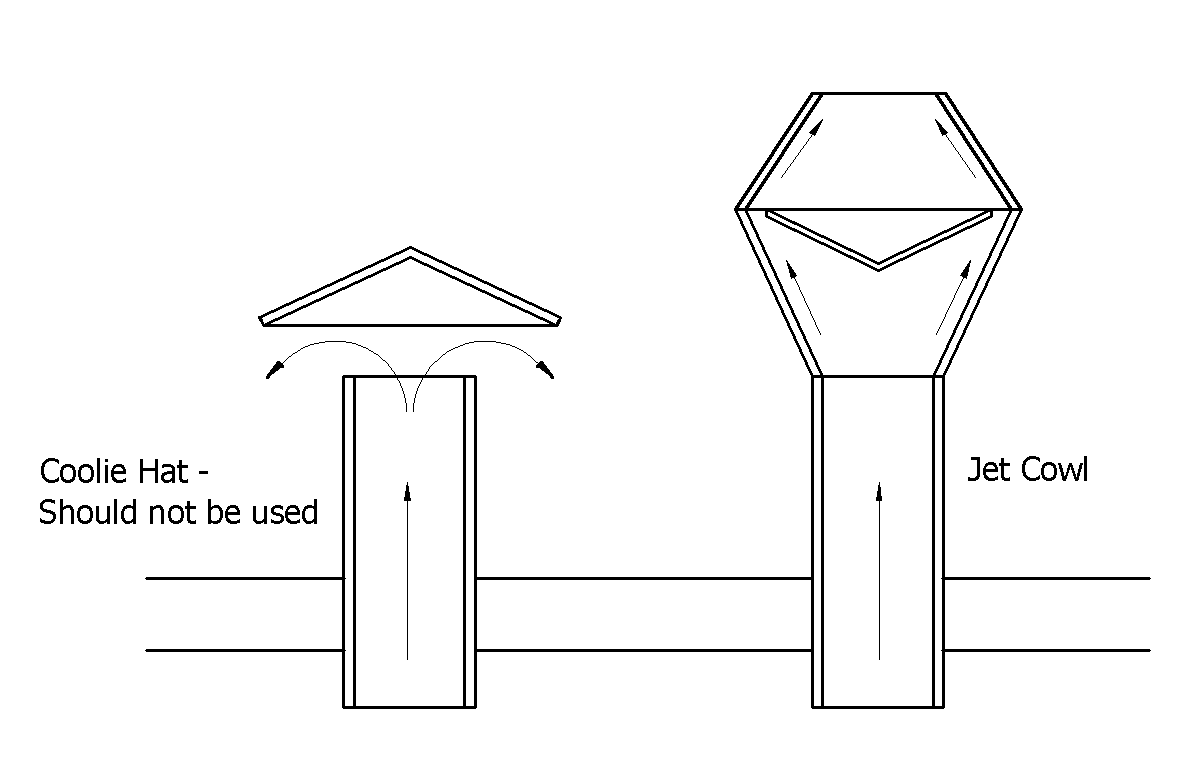Why Do I Have To Reduce Exposure Further If It Is Already Below The Limit?
Workplace Exposure Limits = WEL
A measurement of the maximum amount of a hazardous substance to which anyone in a workplace can be exposed measured as a TWA time weighted average over an 8 hour period.
Additionally some substances have an STEL, a short term exposure limit which is measured over 15 minutes.
These are specified occupational exposure limits [OEL] set by the Health & Safety Commission to control exposure to hazardous substances and help to control the health of workers.
Previously limits were MEL or OES - these were replaced in 2005 with WEL.
A hazardous substance is allocated a WEL
The limit allocated to a particular substance is listed in the HSE publication EH40/2005 which is re-issued at regular intervals. P&J can advise you of the applicable limits relating to substances you use. They can also advise on recommended limits for other substances not listed in EH40.
The WEL must not be exceeded and the HSE state that by applying current best practise the WEL will not be exceeded. For certain substances a stricter standard is enforced. If an addition to the WEL the substance has been designated an Asthmagen, Mutagen or a Carcinogen the exposure must be reduced to as far below the WEL as reasonably practicable, not merely below the WEL.
This means that WELs set for the substances which may cause the most serious health effects such as cancer and occupational asthma are not a 'limit' that the employer has just to get under, the employer has to demonstrate that by using best practice they are as far below the WEL as it is reasonably possible to be.
Substances to which this stricter interpretation of the limit applies include hardwoods which have been classified by the HSE as Carcinogens & Asthmagens and softwood dusts which are designated as Asthmagens.
Applying WEL to Carcinogen or Asthmagens
To comply with COSHH exposure must be reduced to as far below the WEL as is reasonably practicable and should not exceed the WEL when averaged over the eight hour TWA time weighted average reference period. For substances also given a short term WEL [15 minute ref period] this level of exposure should never be exceeded.
If exposure exceeds WEL work must stop & improvements to reduce exposure as far below the limit as practicable must be implemented.
If exposure levels are below the WEL but could reasonably be improved to be even lower, improvement work should be undertaken without delay.
The key is if the improvement is ‘Reasonably Practicable’, a subjective criterion in which effort and effectiveness have to be balanced, the law states that the cost of improvements is not a factor that outweighs health risks.







